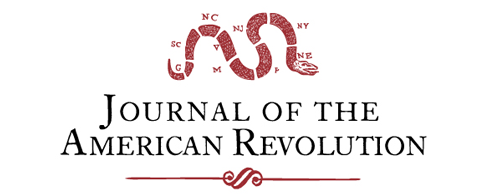Governor William Franklin: Sagorighweyoghsta, “Great Arbiter” or “Doer of Justice”
William Franklin, son of Benjamin Franklin, was the last Royal Governor of New Jersey, from 1763 to 1776. He is usually identified in U. S. History texts negatively as an ardent Loyalist and opponent of the American War of Independence. Historian Larry Gerlach offers a different view: “He was one of the most popular and […]
